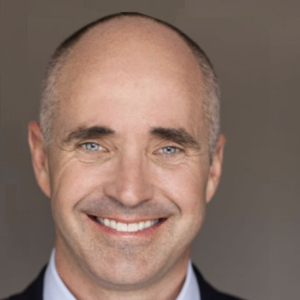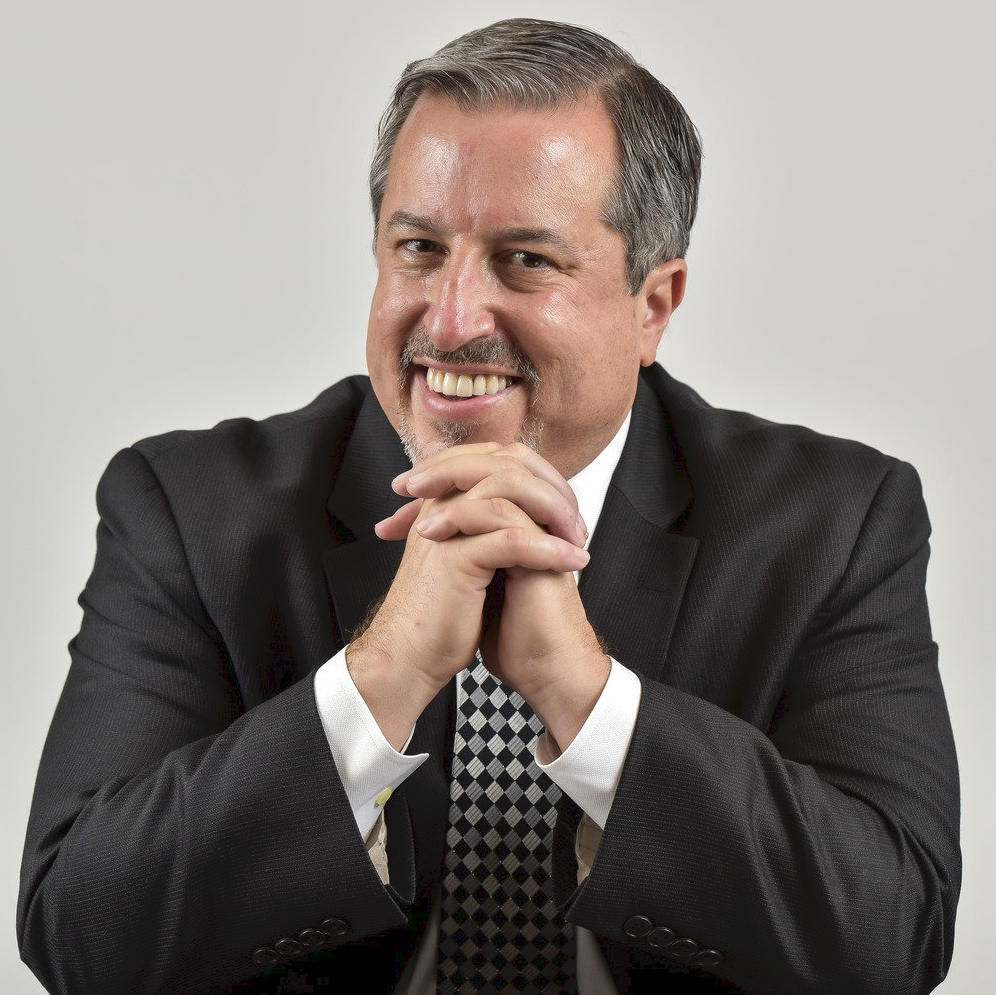The Manhattan Beach, California-based investment bank ECHELON Partners kicked off its annual Deals & Dealmakers Summit (DDM), held from August 29 to August 30 at the Ritz-Carlton, Laguna Niguel in California. DDM gathers more than 220 C-suite executives, more than 35 M&A subject matter experts and more than 30 speakers for what ECHELON calls “the MBA program in deal making.”

Dan Seivert, CEO and Managing Partner at ECHELON Partners, facilitated a quickfire Ask the Experts session of one-on-one conversations with dozens of industry leaders.
Here are highlights from three of those experts, Rick Dennen, Founder and CEO of Oak Street Funding; Kathy Freeman, Founder and President of the financial services executive search firm Kathy Freeman Company; and Corey Kupfer, Founder and Managing Principal of Kupfer & Associates, Attorneys at Law.
Rick Dennen, Oak Street Funding

If you think about math, having a loan will give you a better return on your investment because you’re utilizing debt and less equity. If you’re buying an RIA that costs $10 million and you use $7 million of debt, then your investment is $3 million plus interest. Using leverage appropriately is the best thing you can do, mathematically, as you make investments.
A lot of times, that debt provider can even help you make good acquisitions and provide good insights as you look at transactions.
A good loan candidate is someone who’s willing to stand behind the loan by investing some of their own money, has industry expertise, exhibits good leadership, acquisition skills, ability to integrate and absorb companies synergistically, and can grow the business organically.
Whether it’s interest only, or an amortization, the first thing we always do is understand the purpose of the loan. For M&A, the structure of the deal may be 50% to 70% down with the remaining amounts to be paid over the next three to five years, which gives the clients and employees time to work together and ensure alignment.
Kathy Freeman, Kathy Freeman Company

M&A thinks about executive search in a couple different ways. After a buyer acquires a wealth management firm, if not all the right leaders are in place, they might contact an executive search firm such as mine to find a successor.
Aggregators such as Dynasty, Corient, Focus and Cerity purchase firms across the country that have founder CEOs, with the idea that the founder CEO will eventually retire. But that person is the glue that made the firm successful.
So these aggregators need to think about how they will maintain good leadership in their different geographic regions in order to retain advisors after the person they came to work for – that founder CEO – retires. It’s about culture and vision. Who’s really leading the charge? What does the company look like tomorrow?
Corey Kupfer, Kupfer & Associates

Major legal issues in wealth management M&A that affect the economics are clawbacks and client retention requirements. When the market was super hot, retention requirements were down to one year, but now they’re as long as two years. Negotiation sticking points include the timing and percentage on the retention and the clawback.
When the market was hotter, a lot of deals were paying full purchase price if you maintained 90% of the revenue. Now it’s often moved back up to 95%. There’s also negotiations over whether the firm can replace lost clients with new clients and still get the purchase price.
In models where clients are advisor generated, they’ll often give in on that. But if the platform itself significantly develops business for advisors that it acquires, then they might only allow client replacements for revenue the advisors directly have sourced.
On the liabilities side, the biggest issue is indemnity over something that happened prior to closing. These might include client complaints about advice they received, employee sexual harassment or discrimination claims, even a slip-and-fall in the office.
When you do an M&A deal, it’s almost always going to be structured as an asset sale. This means that once you take the cash out of it, the entity will no longer have assets, so every buyer has to personally sign on to the representations and warranties.
This can take a firm owner from a limited liability situation and into an unlimited liability situation. The way to prevent that is by negotiating to cap the indemnity liability at the purchase price or some lower percentage.
Chris Latham, Managing Editor at Wealth Solutions Report, can be reached at clatham@wealthsolutionsreport.com














